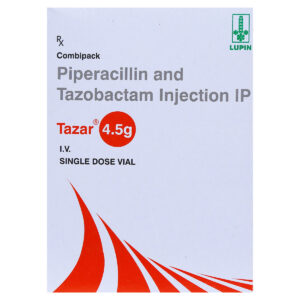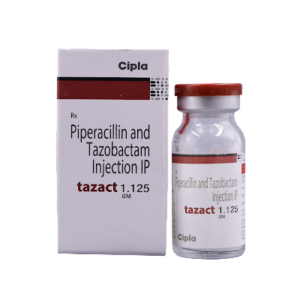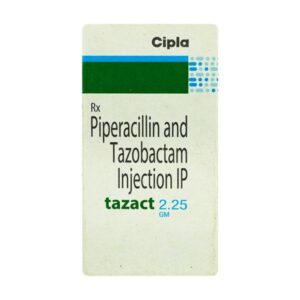PIPERACILLIN
PIPERACILLIN: Piperacillin is an antibiotic drug that belongs to the class of drugs known as extended-spectrum penicillins. It is often used to treat severe bacterial infections in the body, including pneumonia, urinary tract infections, abdominal infections, skin and soft tissue infections, and sepsis. It is primarily effective against gram-negative bacteria but may also show efficacy against some gram-positive bacteria.
The mechanism of action of piperacillin involves inhibiting the synthesis of bacterial cell walls. It achieves this by binding to penicillin-binding proteins (PBPs) in the bacteria, which are enzymes involved in cell wall synthesis. By inhibiting these enzymes, piperacillin disrupts the formation of the bacterial cell wall, leading to cell death.
The usual recommended dose of piperacillin varies depending on the condition being treated and the severity of the infection. It is typically administered intravenously, and the dosage can range from 2 to 4 grams every 4 to 6 hours.
As with any medication, piperacillin can have potential side effects. Common side effects may include diarrhea, nausea, vomiting, abdominal pain, and skin rashes. More serious side effects can occur, such as severe allergic reactions, blood disorders (including decreased white blood cell and platelet counts), liver problems, and kidney dysfunction. It is important to seek medical attention if any concerning side effects occur.
It should be noted that piperacillin is often administered in combination with another drug called tazobactam, which acts as a beta-lactamase inhibitor. This combination enhances the effectiveness of piperacillin against certain resistant bacteria that produce beta-lactamase enzymes. Therefore, when referring to the use and side effects of piperacillin, it is prudent to consider piperacillin/tazobactam combination therapy.




